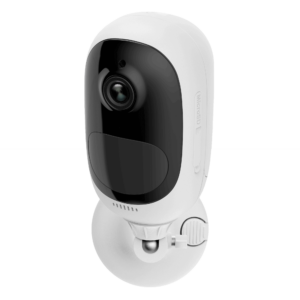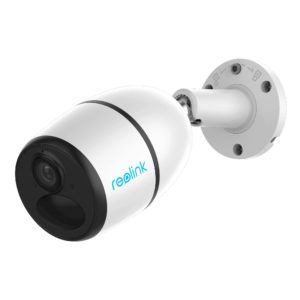This up-and-coming camera brand has solutions for almost any need.
Reolink Cameras Review
Reolink makes a diverse home security camera selection, with different models to meet different needs.
Reolink’s products don’t have all of the latest and greatest features, but they have a lot of cool stuff, like starlight night vision and solar compatibility. And best of all, most Reolink cameras fall around or under the $100 price point.
How Reolink cameras work
One of our favorite things about Reolink is that each model type and version has progressively more features. That makes it easy to know what you’re getting with a new Reolink camera: it’s like the older version of the same model, but better. Not all camera manufacturers make things that simple.
At the same time, Reolink has been slow to roll out certain features. While Nest has facial recognition and package detection, only some Reolink cameras can identify people or vehicles.
Reolink’s devices are viable competitors to Arlo cameras. They have similar exterior designs and features, but unlike Arlo, Reolink doesn’t charge the better part of a stimulus check for most of its products.
Reolink cameras are standalone devices
You don’t need a security system to use Reolink’s cameras. Each camera works independently through the Reolink app.
Reolink cameras use practically every type of storage on the market
The baseline for Reolink cameras is an SD card or cloud storage subscription. But some cameras also work with NVRs and FTP servers.
If you choose to use a cloud subscription plan, you’ll pay a modest monthly fee (or a discounted annual one) based on your number of cameras.
Data effective 11/14/2022. Offers subject to change.
There’s a ton of variety with Reolink. For instance, installation is different with every Reolink camera model. Some require plugs, while others take rechargeable batteries or solar panels. Others call for wall-fished ethernet cables.
The big similarity between every camera? They all work with the Reolink app.
PoE model features
Most of Reolink’s cameras are PoE (Power over Ethernet) setups that work with CCTV or NVR systems. We counted 20+ of these Reolink PoE products (such as the RLC-510A and RLK8-520D4), making it impossible to speak about each one individually.
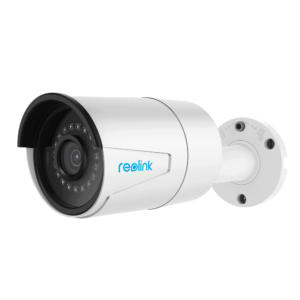
There’s a lot of variation among these cameras, so not all have the same features. But you might see some of the following:
- 4K/5MP video quality
- Person detection
- Vehicle detection
- 100 feet of night vision
- Time-lapse videos
- Playback filters
- Audio recording
- IP66 waterproofing
- Pan/tilt
- Zoom
Reolink also has PoE IP cameras that it calls “add-ons.” These are cameras that need CCTV or NVR but don’t come with those devices. You have to buy the add-on cameras separately to add them to an existing Reolink surveillance system.
E1 model features
Reolink E1 is an affordable indoor camera with pan and tilt. And its successors, while more expensive, are still under $100.
Data effective 11/14/2022. Offers subject to change.
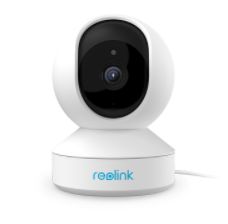
All E1 cameras have two-way audio, night vision, motion detection, the ability to pan/tilt, and a siren. They also all work with Google Home and Amazon Alexa.
While the E1 line lacks some of the fanciest indoor features (read: the environmental sensors or video call capabilities offered with other cameras), it’s not too pricey and gets the job done.
Lumus features
Based on the name and features, the Lumus appears to fill in where E1 leaves off. You can use it outdoors, and it offers a spotlight and color night vision to make it easier to use in the dark.
Data effective 11/14/2022. Offers subject to change.
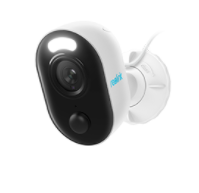
Like an E1, the Lumus has two-way audio and a siren, and it works with both Alexa and Google. Unlike an E1, it can’t pan, tilt, or zoom. Also, its motion detection is more advanced, with a PIR sensor and customizable motion zones.
Even though it’s an outdoor camera, the Reolink Lumus requires a plug. That means you need to run its cord inside or install the camera near an outside power outlet.
Argus model features
The Greek giant Argus saw all with his hundred eyes, and the Reolink Argus line does its darndest to live up to that legacy. With 33 feet of starlight or infrared night vision, it goes a step farther than the Lumus’s color night vision. It’s also easier to keep the Argus powered with its hybrid rechargeable battery/solar power approach.
It sounds cool, and it is cool. Reolink’s starlight night vision tech lets you see more clearly in little to no light—for instance, when there’s only starlight. We tested it, and we thought it was phenomenal.¹
Data effective 11/14/2022. Offers subject to change.
The differences between each Argus camera is a lot more subtle than with the E1s, and in some cases, it seems like the big difference is just exterior design. But we’ve also established some more quantifiable upgrades:
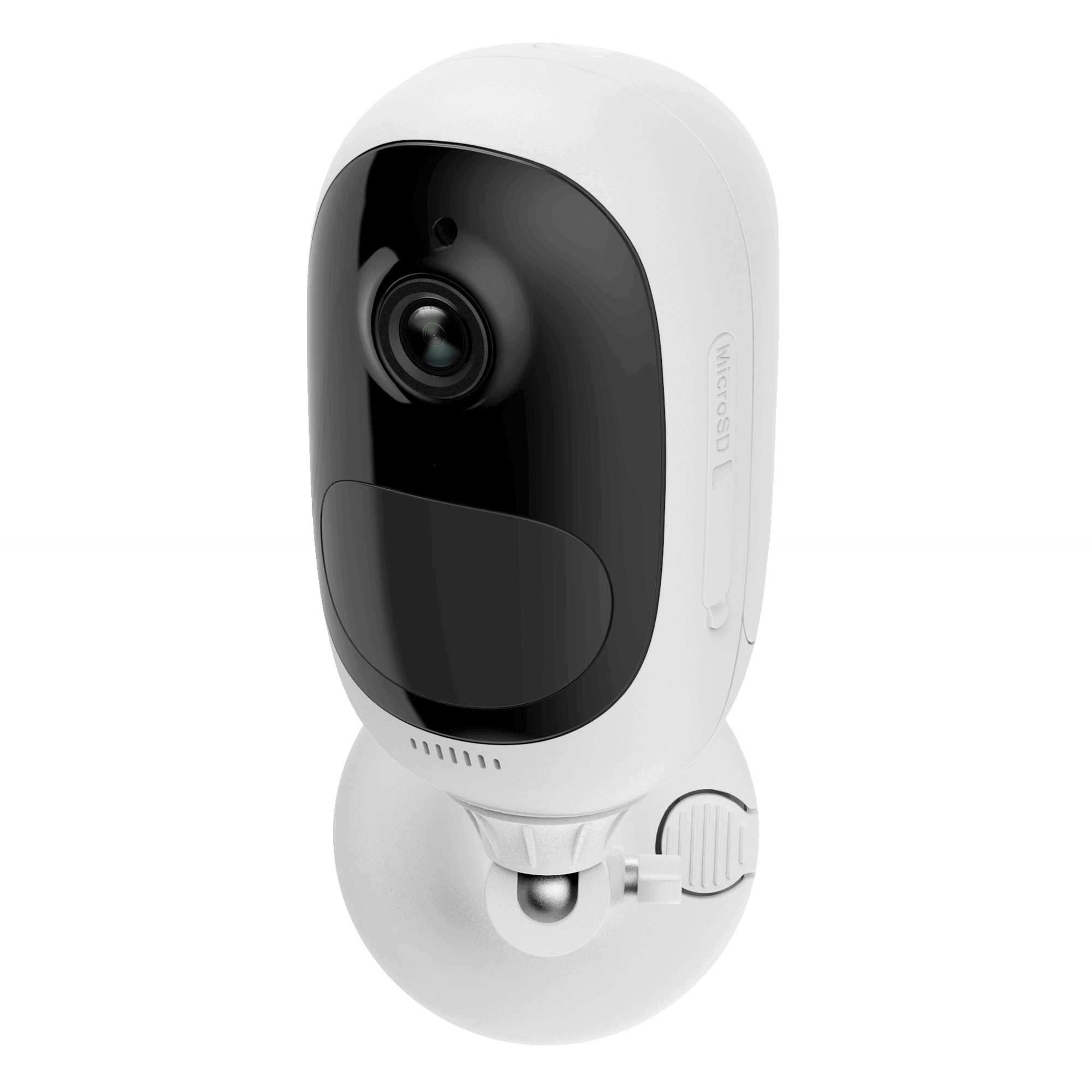
- The Argus Pro 3 has 2K quality instead of 1080p quality.
- The “PT” in Argus PT stands for “pan and tilt,” which is something other Argus cameras can’t do.
- The Argus Eco uses infrared LED night vision instead of starlight night vision.
- The Argus 3 battery isn’t removable like it is in the 2. You have to take the whole camera down to mount it.
- The Argus 3 has a motion-sensitive spotlight.
- The Argus 2E and 3 have a time-lapse video feature.
There’s a lot to like with this camera line. Our only real complaint is that you have to buy Argus camera solar panels and charging cords separately.
Go model features
The Reolink Go is ideal for more rural areas. Instead of relying on an internet connection, it uses cellular signals to communicate with the app.
Functionwise, the Go models are basically glorified cell phones, so you need SIM cards and compatible mobile plans to make them work. The regular Go uses 4G LTE networks, while the Go PT can also use 3G.
Data effective 11/14/2022. Offers subject to change.
As you can see, the biggest difference between the Go and Go PT is the pan and tilt function.
Both cameras also have two-way audio. You can both listen to and talk to intruders in real time.
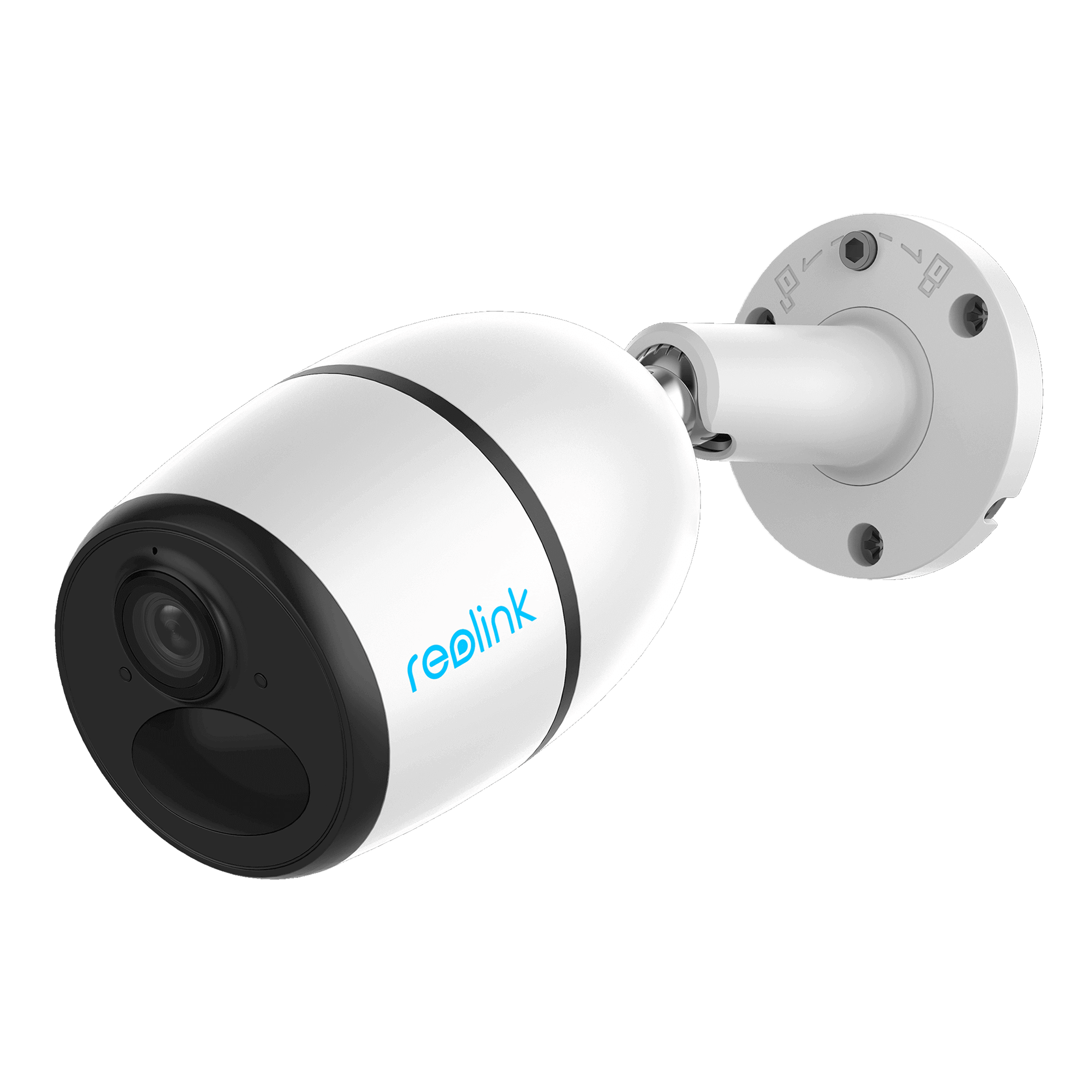
Also, the Go PT works with a Reolink drive, not just an SD card or cloud subscription.
It’s unclear whether the Go works with any smart home protocols. So even though you’re paying (a lot) more, you may overall be getting less compatibility.
How to install Reolink cameras
As we mentioned earlier, it’s hard to have a one-size-fits-all approach to Reolink, especially with installation. The different camera models have vastly different installation needs.
We’ve set up some wire-free Argus ones, and we found them super easy to deal with. But the more cords you add, the more difficult it gets. With a PoE camera, we suggest getting a professional involved.
Recap: Are Reolink cameras good?
If you’re looking for a security camera, chances are Reolink has something you’ll like.
Let’s quickly refresh on the different types of Reolink cameras.
PoE models: Harness the power of hardwired cameras with CCTV systems and NVR players.
E1 models: E1s are affordable indoor cameras with sirens to boot.
Lumus model: Let there be light with Lumus’s color night vision and spotlight.
Argus models: Solar capabilities and starlight night vision make these cameras unique.
Go model: If your Wi-Fi isn’t up to snuff, the Go has you covered.
If Reolink doesn’t dazzle you, we suggest checking out Arlo, Vivint, or SimpliSafe cameras instead. You can also look at our reviews of indoor and outdoor security cameras.
Reolink FAQ
“Power over Ethernet” means that the camera needs only one cable connecting it to both the internet and its power source.
The major benefit of PoE cameras is that you don’t need extra wiring. But the downfall is that if the single cable is somehow damaged or destroyed, both your power and connectivity can go out.
Yes. Reolink cameras can use wireless networks (internet protocol) to save and share video. But they also use local storage, making them some of the most versatile cameras on the market.
Being able to see your property when you’re not there can make you feel safer! It can keep you safer, too, since you’ll know of any suspicious activity as it happens.
Sources
- Flora Luo, Reolink, “Starlight Cameras: What It Is, How it Works, Videos, Best Picks & More,” July 2020. Accessed January 20, 2021.
Related Articles






